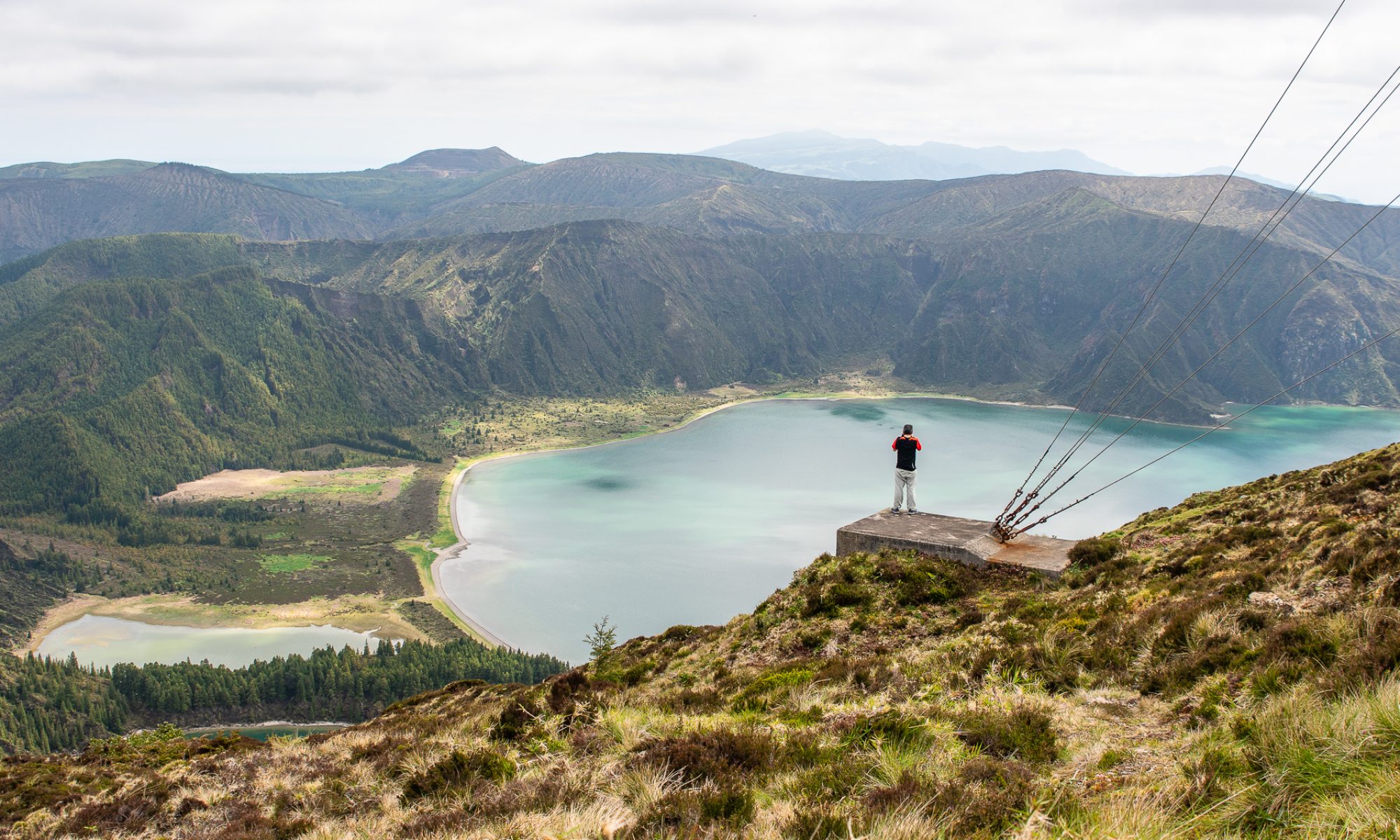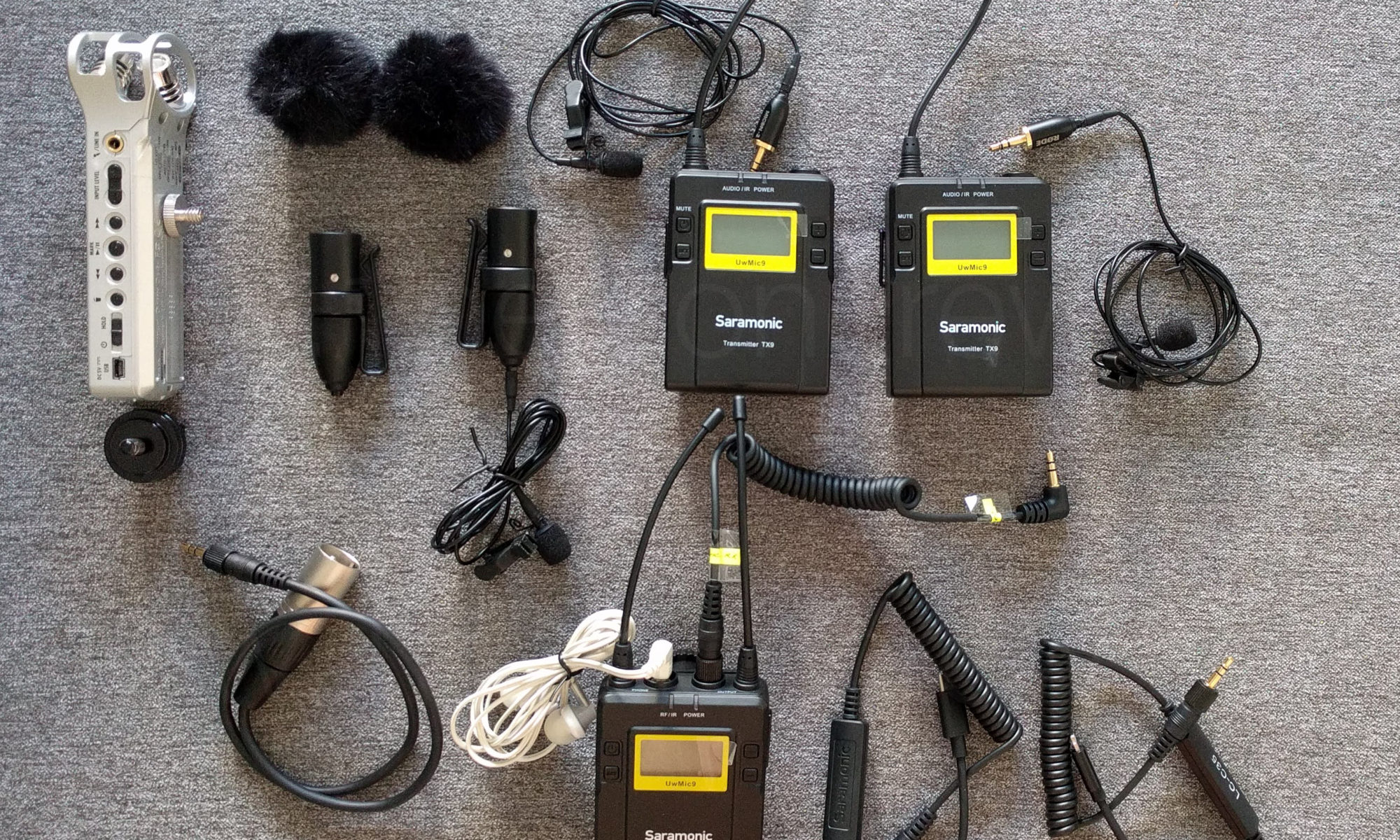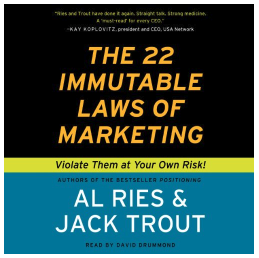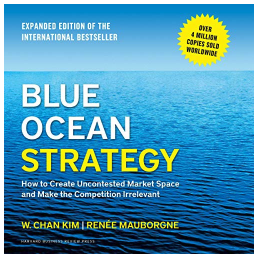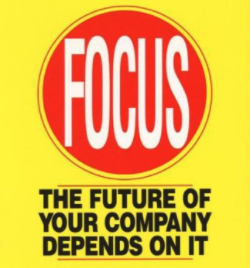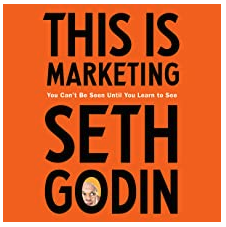Last week we talked about the differences between Video Codecs, and more specifically about the advantages and disadvantages between ALL-I and IPB.
DISCLAIMER
This article is not paid or sponsored by anyone. It reflects my own independent opinion. I only recommend companies and products that I trust. Some links might be affiliates, which means I may get a few pennies if you decide to purchase something.
Thanks in advance for your support!
Audio File Formats
Since last week’s post I’ve received several questions about audio formats. Instead of rewriting what has been already done well, I’ll direct you to an article by Izotope, which is in my humble opinion the provider of best audio plugins in the market.
The article covers the differences between wav, aiff, mp3, and m4a, which is pretty much all we need to know as filmmakers.
Audio Gear
Lots of folks have also been asking about “the most minimalist audio kit” I’d suggest.
Here it is: a wireless system, an audio field recorder, and extra mic that can doble as on-camera shotgun mic or boom mic, a couple of XLR cables (always bring backup cables), and enough rechargeable batteries to have a fully charged backup at all times. The H4n Pro is specially power hungry, so I’d strongly suggest getting the kit with the AC adapter.
I added one more item that is nice to have, but nor essential; the Rycote Undercovers, which allow you to “stick” a lavalier mic to a subject over or under their clothes. Much more useful than you would think.
- 1 Person Crew Video Productions – Online Course – The Cinematic Look
- 1 Person Crew Video Productions – Online Course – Up and Running
- 1PersonCrew Webinar with Benro – Turning Challenges into Opportunities.
- What the hell is HLG? And, do I need it?
- Gear: The Cinematic Look. Part 3 of 3.
